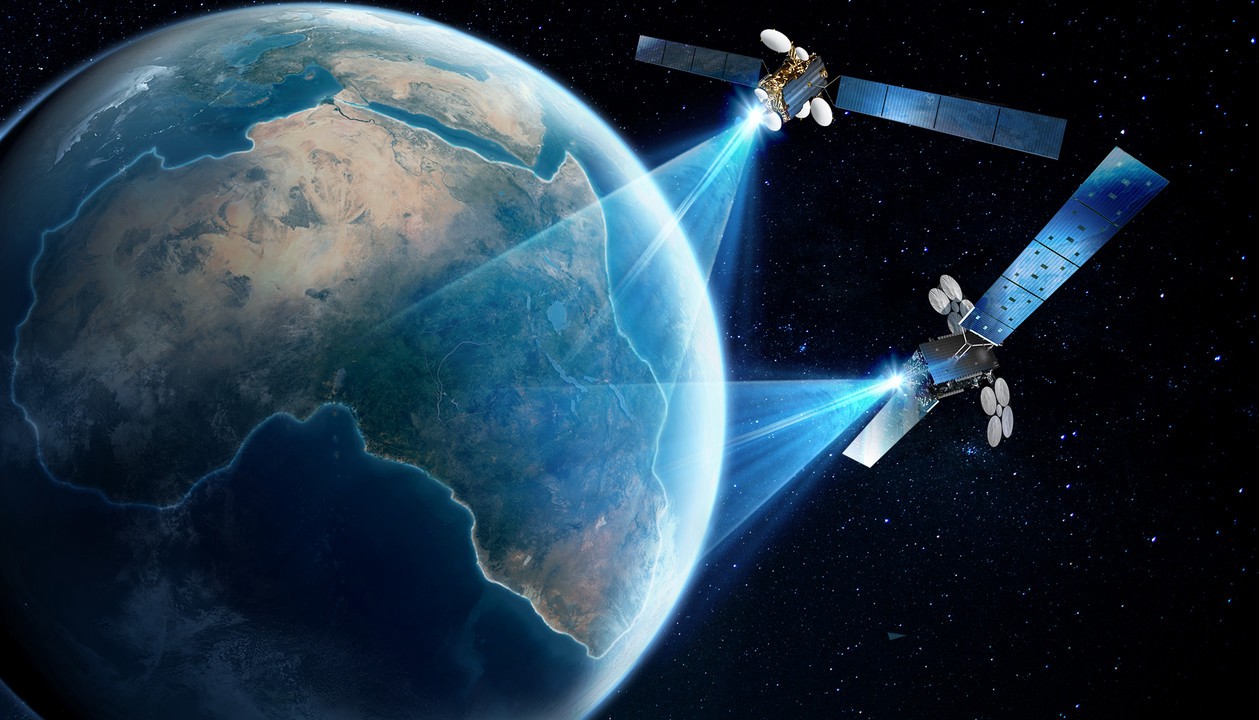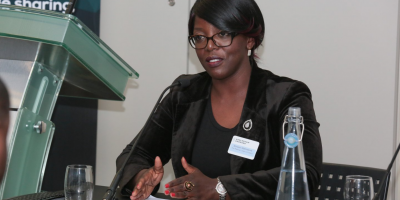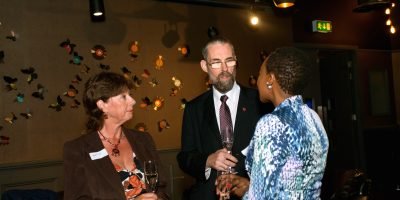
Africa’s space ambition is set to reach new heights as the continent inches closer to its moon mission under the Africa2Moon project.
- Africa’s space ambition is reaching new heights with the Africa2Moon project
- The project aims to study the lunar south pole and launch in 2028
- It plans to deploy an array of 54 antennae on the lunar far side, representing each of Africa’s nations
Awaiting word on the final payload selection for China’s Chang’e 8 mission, the project, which is set to launch in 2028, is intended to deploy a low-frequency radio telescope on the Moon.
It also hopes to inspire the next generation of African scientists, foster international collaboration, and demonstrate Africa’s potential in advanced engineering and scientific innovation.
Spearheaded by the Foundation for Space Development Africa, the project is led by Dr. Carla Sharpe Mitchell, Mission Director, and Dr. Adriana Marais.
Forbes reports that the project could gain significant ground as soon as April “with its first moon mission and, potentially, its first lunar radio telescope.”
Dr. Adriana Marais, Director at the Foundation for Space Development Africa and Head of Science for Africa2Moon, confirmed that the first phase of the project would place four antennas close to the lunar south pole.
SEE ALSO: Africa’s orbital real estate is set to expand as Ethiopia touts more space exploration
“[This will be] paving the way for a larger future mission to deploy an array of 54 antennae on the lunar far side, representing each of Africa’s nations,” she stated.
Africa2Moon intends to build a low-cost, low-mass array of spherical antennas known as BALLS (Bounced African Lunar Low Spheres), which will detect radio frequencies below 10 MHz.
The project is split into five phases: application, selection, testing model, final system, and launch, as seen on its website.
Dr. Adriana Marais’s sentiments on Africa’s space exploration and the Africa2Moon project
“Radio emissions from solar bursts, Earth’s aurora, Jupiter, the galaxy’s glow, and also the lunar surface itself, are some of the phenomena that Africa2Moon will attempt to observe,” the director disclosed.

In 2023, the South China Morning Post disclosed that China was getting ready to provide more capacity for foreign technology on its Chang’e 8 mission, allowing it to carry up to 200 kg of it, as seen on Forbes.
“At the Foundation for Space Development Africa, we believe [it] is time for Africa to expand its role in space exploration,” says Marais, adding that “through the power of collaboration, Africa2Moon will serve as a continent-wide in- spiration and enabler for space-related activities; to educate, inspire and pave the way for African scientists to aspire to achieve world-firsts.”
Marais maintains that the significance of lunar exploration is that it highlights humanity’s vast potential as a species and fosters a sense of belonging and engagement.
DON’T MISS THIS: Nigeria gains ground with planned smart cities and geospatial tech
“Space exploration gives us a broader perspective of our world, whether we are thinking about the satellites that enable global communications networks and imagery of the surface of our planet, or rovers sending us videos of the surface of Mars. Expanding beyond Earth will further advance our society, also in ways we cannot yet imagine.
“When children living in Africa and all around the world look up at the Moon, we aim to promote a sense of wonder, excitement, and participation in this exciting era for humanity, as we prepare to establish a human presence on the Moon, Mars, and beyond.”












